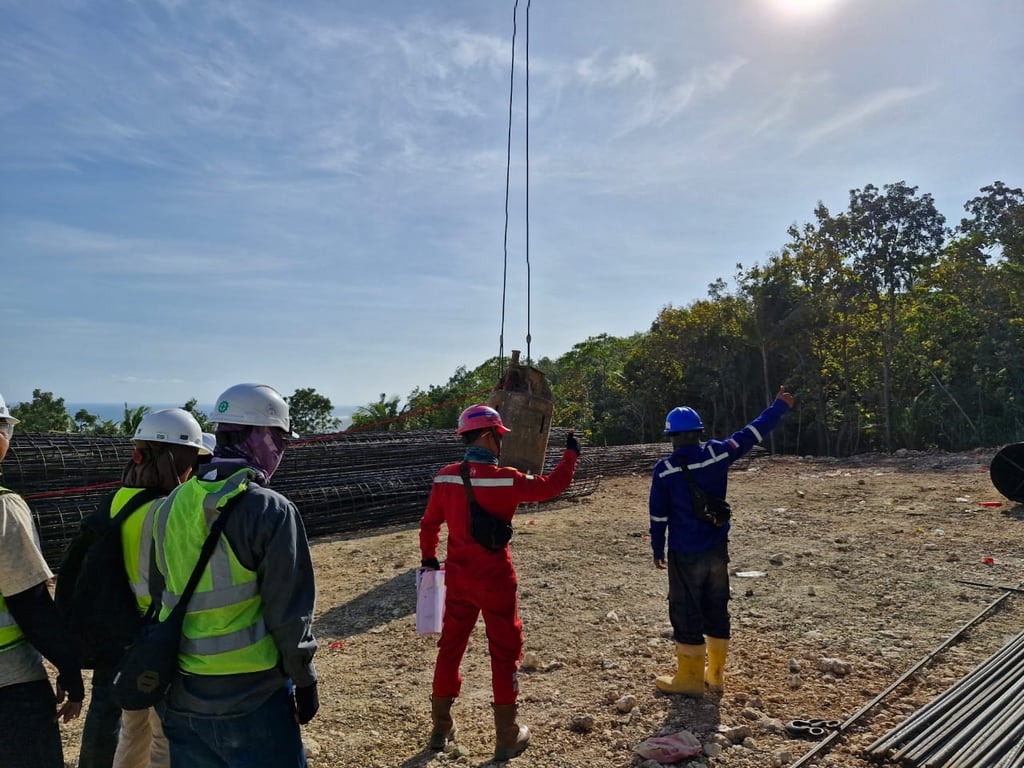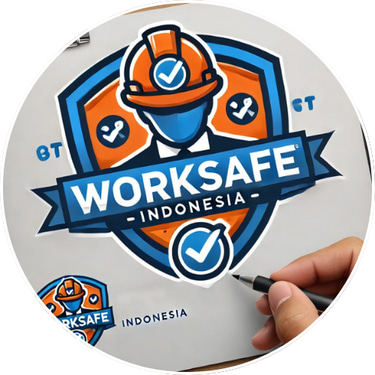
Promoting All About Safety, Health and Environmental
Complete Guide to OSHA/ANSI Standard Hand Signals for Workplace Safety
Workplace safety on construction or industrial sites heavily depends on clear communication between heavy equipment operators and ground personnel. One of the most vital forms of communication is the use of hand signals. Proper hand signals can prevent accidents, reduce equipment damage, and ensure work efficiency.
SAFETY
Septian Indra
7/7/20252 min read


📘 Complete Guide to OSHA/ANSI Standard Hand Signals for Workplace Safety
Workplace safety on construction or industrial sites heavily depends on clear communication between heavy equipment operators and ground personnel. One of the most vital forms of communication is the use of hand signals. Proper hand signals can prevent accidents, reduce equipment damage, and ensure work efficiency.
🧾 What Are Hand Signals?
Hand signals are specific hand movements used by a signal person to direct heavy equipment operators such as crane, excavator, or forklift operators. Hand signals are essential when verbal communication is not possible due to noise or limited visibility.
⚖️ OSHA and ANSI Standards
The use of hand signals is regulated by:
OSHA 29 CFR 1926.1419 – 1926.1422
ANSI/ASME B30.5 – Mobile and Locomotive Cranes
These regulations state that only a certified signal person may give signals to heavy equipment operators.
✅ Types of Standard OSHA/ANSI Hand Signals
Here are the common types of hand signals that must be mastered by workers and equipment operators:
1. HOIST
Signal: Arm extended upward, palm facing up, making a circular motion with the hand.
Function: Command to lift the load vertically.
2. LOWER
Signal: Arm extended downward, palm facing down, making a circular motion.
Function: Command to lower the load slowly.
3. STOP
Signal: One hand raised with the palm facing the operator.
Function: Command to stop all equipment movement.
4. EMERGENCY STOP
Signal: Both hands raised high, palms facing forward.
Function: Immediate halt of all activity due to emergency.
5. MOVE SLOWLY
Signal: Normal signal combined with the opposite hand placed on the elbow.
Function: Instruction to move slowly and carefully.
6. BOOM UP / DOWN
Boom Up: Arm pointing upward, opening and closing the fist.
Boom Down: Arm pointing downward, opening and closing the fist.
Function: Controls the direction of the crane boom or similar equipment.
7. SWING
Signal: Arm extended to the side, waving hand in the direction of movement (left/right).
Function: Instructs operator to rotate the boom in a specific direction.
8. TRAVEL (Forward/Reverse)
Signal: Circular motion with hand, indicating the desired direction.
Function: Indicates the direction for equipment to move.
📌 Role of a Signal Person on Site
A signal person must:
Be in clear line of sight with the operator.
Understand and apply ANSI/OSHA standards.
Be responsible for the safe movement of equipment.
Refrain from signaling if the conditions are unsafe.
🎯 Conclusion
Using OSHA and ANSI standard hand signals is crucial for maintaining safety on project sites. Routine training and visual comprehension of these signals should become a part of the company's safety culture.
🔔 Remember! Safety is everyone's responsibility. Clear visual communication saves lives.
If you’d like to download the PDF version, or request a custom hand signal poster for your project, contact us at:
🌐 www.worksafeindonesia.com
📧 septianindra@worksafeindonesia.com

